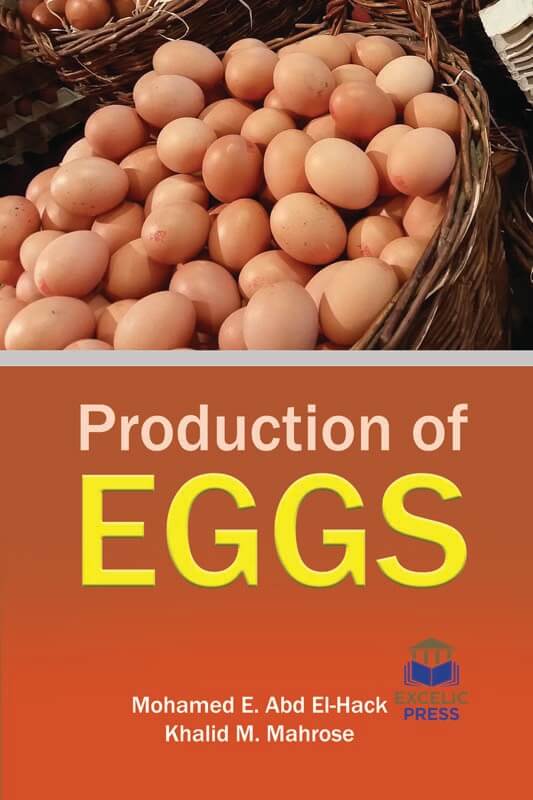The poultry sector is one of the most organized and vibrant segments of the agriculture industry. It plays a crucial role in ensuring food security, contributing to economic growth, reducing poverty and leading to industrialization. Eggs are a common food and one of the most versatile ingredients used in cooking. They are important in many branches of the modern food industry. The most used bird eggs are chicken eggs. Eggs have nutritional value and offer a cheaper alternative to other animal proteins like meat and milk. Measuring external and internal egg quality provides information about the egg production process and is helpful for producers to know about the health of the flock.
This book talks about the global production, consumption and management aspects of egg production such as hygiene, feeding, and housing. Management is a crucial element as it affects the composition, quality, food safety and visual appeal of the eggs. The book also discusses the manipulation of egg nutrients and the value it presents for human health.
Humans have domesticated chickens for several millennia. They are reared primarily as a source of food, in the form of both meat and eggs. Chickens have a long history with various different origins theories. The Roman Empire is often credited for the development of the breed, especially for their egg production. The present book also aims to investigate the simultaneous use of distillers dried grains with soluble (DDGS) and exogenous enzyme mixture (EEM) on layer performance and egg characteristics. It goes on to address the knowledge gap by describing different housing and management techniques on farms which adopted caged housing and non-caged housing. Further, it elaborates on the economic analysis of poultry egg production and harmful effects and control strategies of Aflatoxin B1 produced by Aspergillus Flavus and Aspergillus Parasiticus strains on poultry. Laying hens represent an important sector of intensive animal productions.
They can be reared in enriched cages or no-cage alternative housing systems as well. These systems are better for animal welfare as they allow hens to move freely. Furthermore, some provide an outdoor area which reduces the hen density of these houses in the daytime, which means more access to resources and freedom to express spatial behaviors. Therefore, for better management of housing systems for laying hens, other strategies, that could be added to those already used, could be useful. Overall, this book provides state of the art information about the egg production process, including practical solutions on how to control diseases and contaminated food products in poultry houses and processing plants.














Reviews
There are no reviews yet.